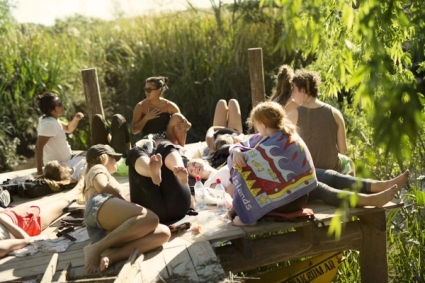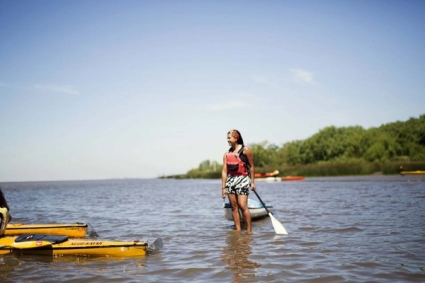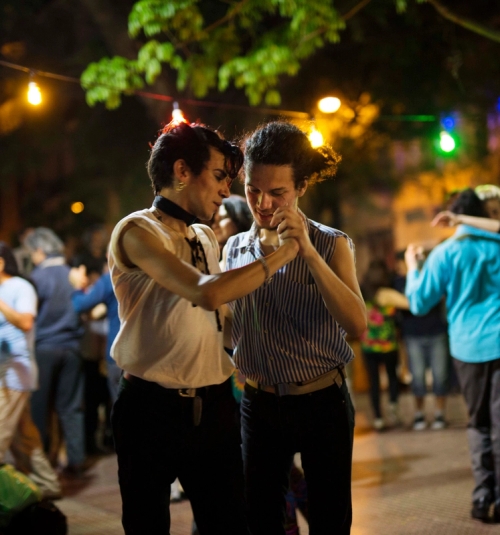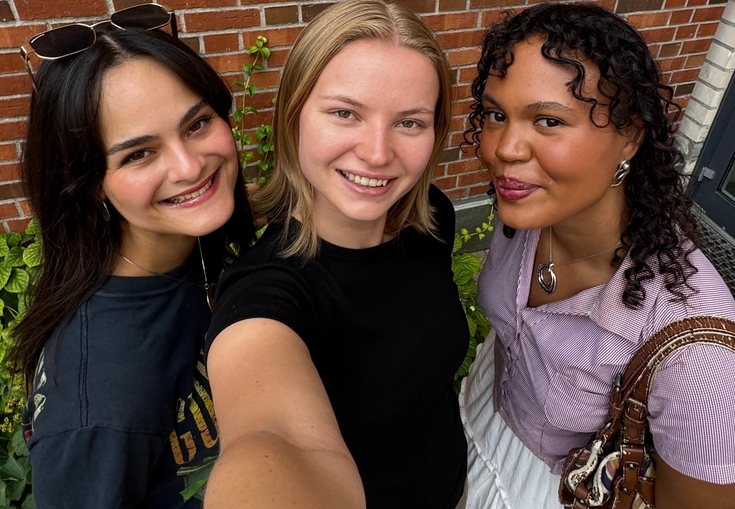
Padling i elva mellom Argentina og Uruguay
Río de la Plata, som betyr «Sølvfloden» på spansk, ser ikke ut som en elv i det hele tatt. Faktisk er det den bredeste elven i verden, 220 kilometer på sitt bredeste.

Denne teksten er oversatt ved hjelp av kunstig intelligens.
Se den originale versjonen av artikkelen her.Noen regner til og med denne elva som et randhav til Atlanterhavet. Når man ser på det fra den sørlige kysten, Buenos Aires, vil man ikke se Uruguay på den andre siden i det hele tatt.
Denne lørdagen arrangerte manager Eduardo en kajakktur på denne brede elven. Studentene møttes på togstasjonen i hjertet av Buenos Aires.

Derfra tar toget omtrent 30 minutter før det når Acassuso togstasjon. Der, ved den søvnige elvebredden, kan du leie kajakker og utforske det litt brune vannent fullt kitesurfere, seilere og roere.
Vi padlet en 7 kilometer lang tur i sola. Siden vi til å begynne med hadde sterk motvind, stoppet vi og satt oss ned for å nyte en piknik på en liten brygge langs en smal elvekanal mens vinden roet seg ned.

Gjemt i kajakkene hadde vi med frukt, den nasjonale argentinske drikken mate og kjeks. På vei tilbake var vannet nesten stille, solen begynte å gå ned og en intens blåfarge malte elven.
Studenten Edvard var svært fornøyd og entusiastisk: – Dette er det kuleste jeg har gjort i Argentina, sa han da han padlet tilbake til land.
Selv om mange hadde prøvd å padle kano før, er det å padle kajakk litt annerledes. Du sitter på bunnen av båten i stedet for på et sete, og kajakker har et lukket toppdeksel mens kanoen er åpen.

Årene er forskjellige, siden kajakkens har to blader og ikke ett. Jeg leste et sted at kanoer er som “pickup trucks” mens kajakker er mer som sportsbiler. Kajakker går vanligvis fortere og passer bedre for utfordrende vannforhold.
Opprinnelsen til kajakkene var Inuit-stammene som bor i Canada, Alaska og Grønland. De designet dem som jaktbåter.

Til slutt, hvis du nå lurer på hvorfor denne elven kalles “Río de la Plata", sølvelven, kan dette spores tilbake til den italienske oppdageren Sebastian Cabot, som seilte opp elven helt til Paraná-elven og Paraguay, hvor han kjøpte sølv fra guaraní-indianerne.
Dette sølvet er altså opphavet til elvens navn. På denne tiden bodde forskjellige urfolksgrupper i området, og spanjolene "utforsket" Río de la Plata noen år tidligere, i 1516.






